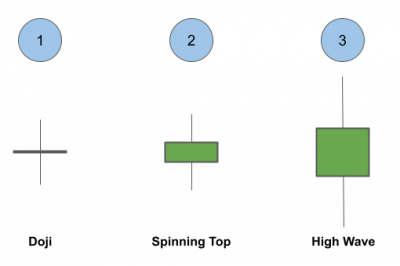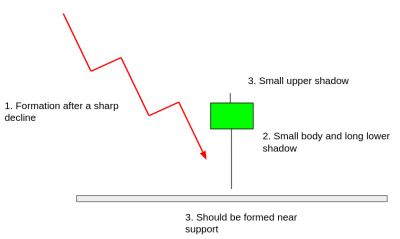A put option is a contract which gives its buyer the right to sell the underlying at the strike price on which the contract was purchased. You can also decide to sell a put option. The seller of the put option will have an obligation to buy the stock at the strike price if the buyer of the put decides to exercise his right to sell the underlying stock.
How does the put option work?
Assume that a farmer has just planted his crop. Now he is worried that the prices of his produce may decline by the time it’s time to harvest as he expects the supply to be higher this year.
Let’s assume that the crop is trading at 60/kg at the moment. He is concerned that he might not be able to remain profitable this year and cover his cost of farming if the price declines below 53/kg. So he decides to make a deal with the buyer of the crop. The farmer tells the buyer that the farmer will pay him Rs. 5,000.00 right now if the buyer agrees to purchase the crop at 60/kg after 4 months from the farmer if the farmer wishes to sell it.
The contract states that if the farmer calls off the deal, the buyer can keep the agreement fee of Rs. 5,000 but the buyer cannot call off the deal. In other words, the farmer is not obliged but the buyer is obliged as he is receiving the contract fee of Rs. 5,000.00 from the farmer. The buyer thinks that the crop production will be lower this year anticipating bad weather conditions and hence the deal looks lucrative to him and he agrees.
Now the farmer has protected himself from the downside risk of the crop price as he is assured to get a certain fixed amount. If the crop price declines to Rs. 55, he can still sell the crop at Rs. 60/kg to the buyer as per the agreement. After four months, If the price of the crop goes significantly higher such that he can cover the contract fees of Rs. 5,000.00 and also make some extra money by selling in the open market as opposed to selling at Rs. 60/kg to the buyer (with whom he entered the contract), he will choose to not execute the contract. And sell his crop in the open market.
Terms associated with put options
Now that we have seen an example of a call option, let’s understand some of the jargon.
Underlying – Underlying refers to the security or asset that must be delivered when a contract is exercised. In the example that we saw, the underlying would be the crop. If you are trading stock options, the underlying is the stock.
Expiry – The time after which the contract is void. In the example that we saw, expiry is 4 months. After which, the crop buyer will not be obliged to the agreement. Though he still keeps the contract fees.
Strike Price – The price at which the underlying is to be exchanged if the contract is exercised.
In our example, exercise price is Rs. 60.00/kg
Premium – The current price of the contract is referred to as premium or price of the contract. In our example, the Rs. 5,000.00 that the farmer paid as the contract fee is the premium.
Trading put Options on Streak
For calls and puts both, there are two methods of trading options on Streak. One of the methods allows you to select a fixed strike price. The other method lets you dynamically select the strike price to trade. Let’s explore both the methods.
1) Trading with the fixed strike price
You should use this method when you want to trade particular strike prices of a stock/index. For eg. In the below video, we can see how we can add SBIN 500 March expiry PE contract in our strategy.
2) Dynamically selecting options contract
This option allows you to dynamically select strike prices based on moneyness and expiry. For example, let’s say you would want to trade at-the-money option contract of NIFTY next month expiry whenever RSI crosses above 30 on NIFTY index, we can use dynamic contract so that whichever is the ATM strike gets selected automatically whenever your trade entry condition matches.
We have discussed dynamic contract in dept in the following article: http://35.200.218.105/what-is-dynamic-contract-and-creating-a-short-straddle-on-banknifty-in-streak/
Strategy Example on Streak platform:
Let’s take an example of a strategy. The strategy in the video buys NIFTY at-the-money put option whenever the RSI of the NIFTY index crosses below 70.
Disclaimer: The information provided is solely for educational purposes and does not constitute a recommendation to buy, sell, or otherwise deal in investments.











